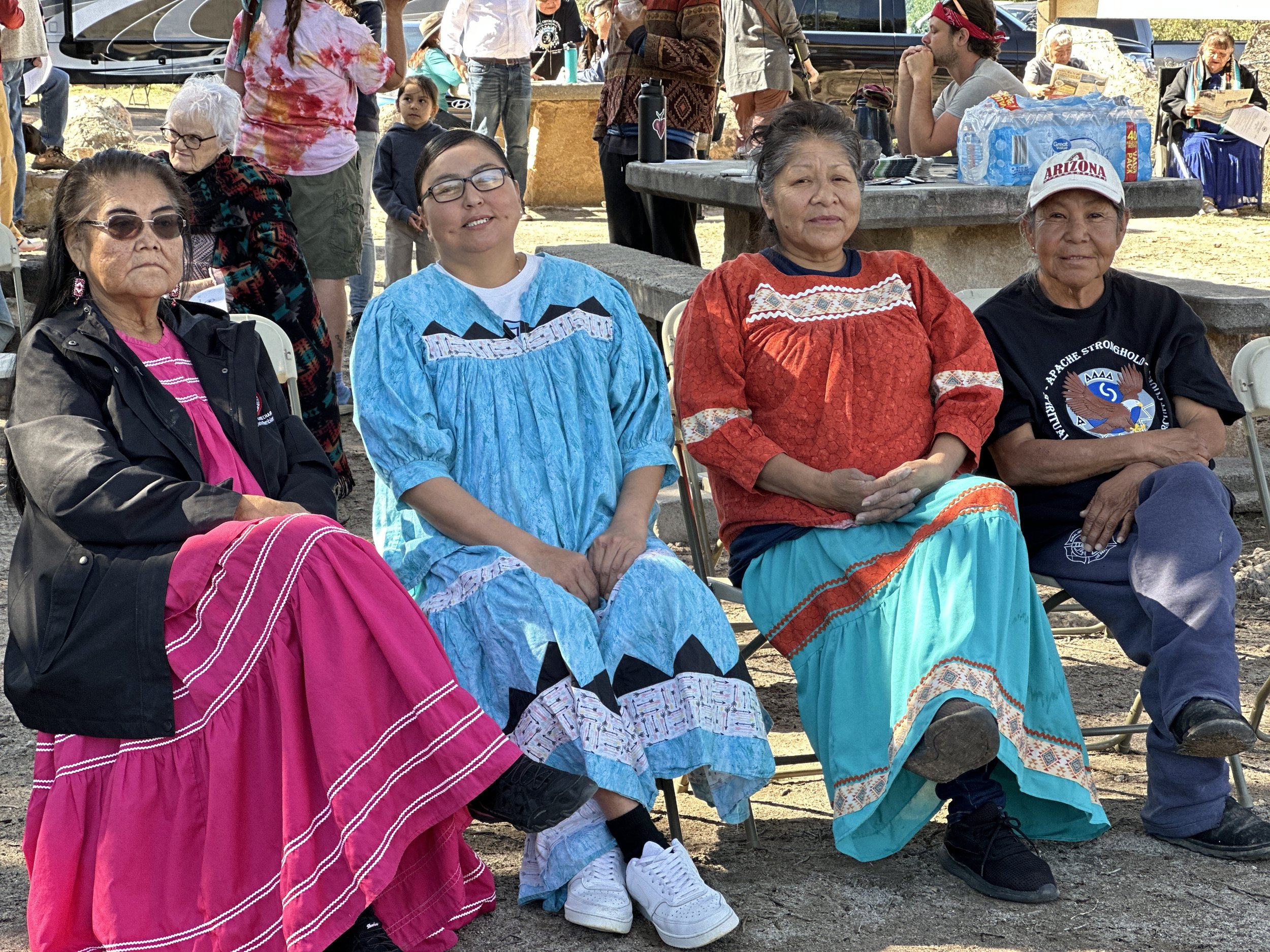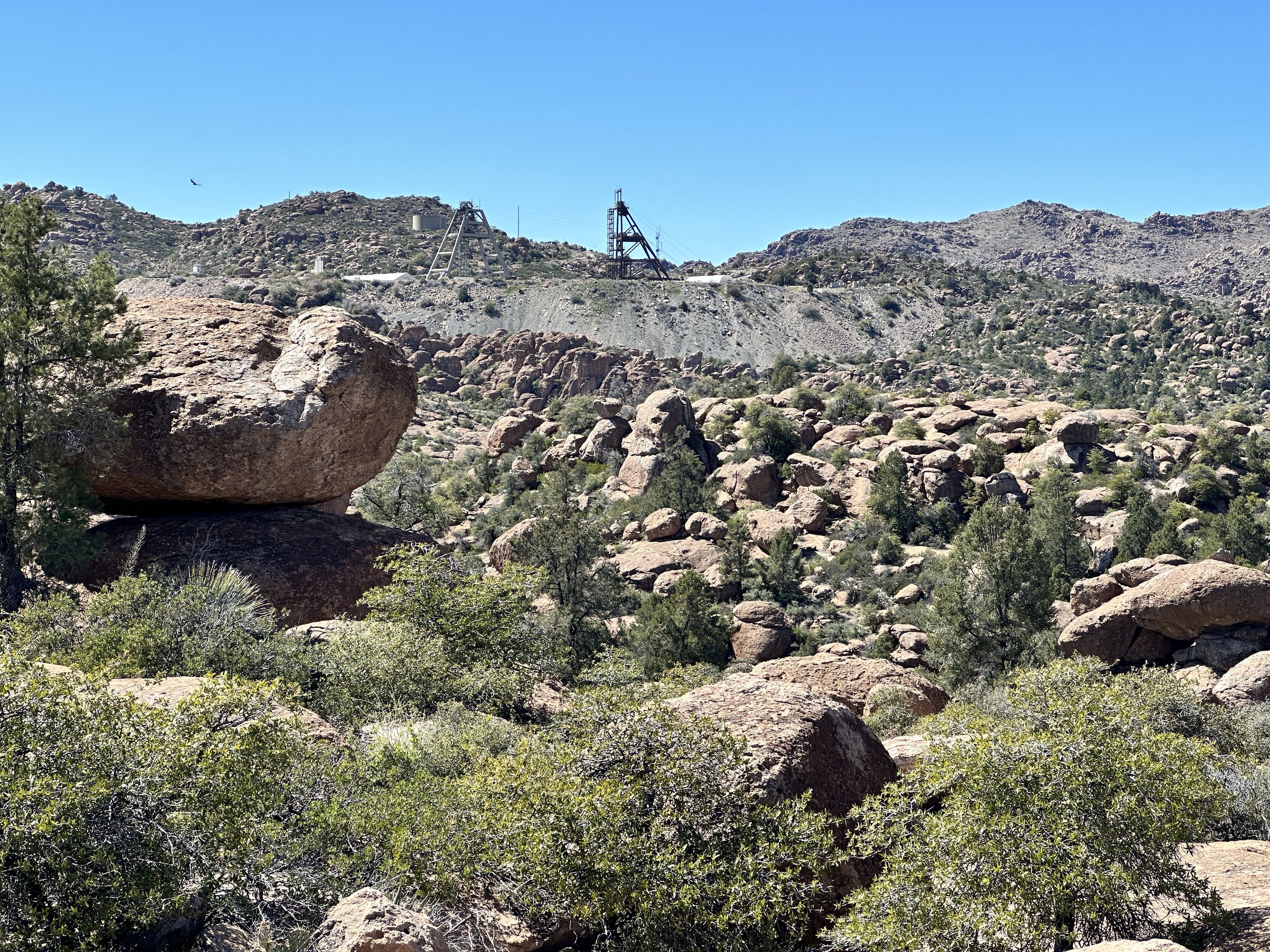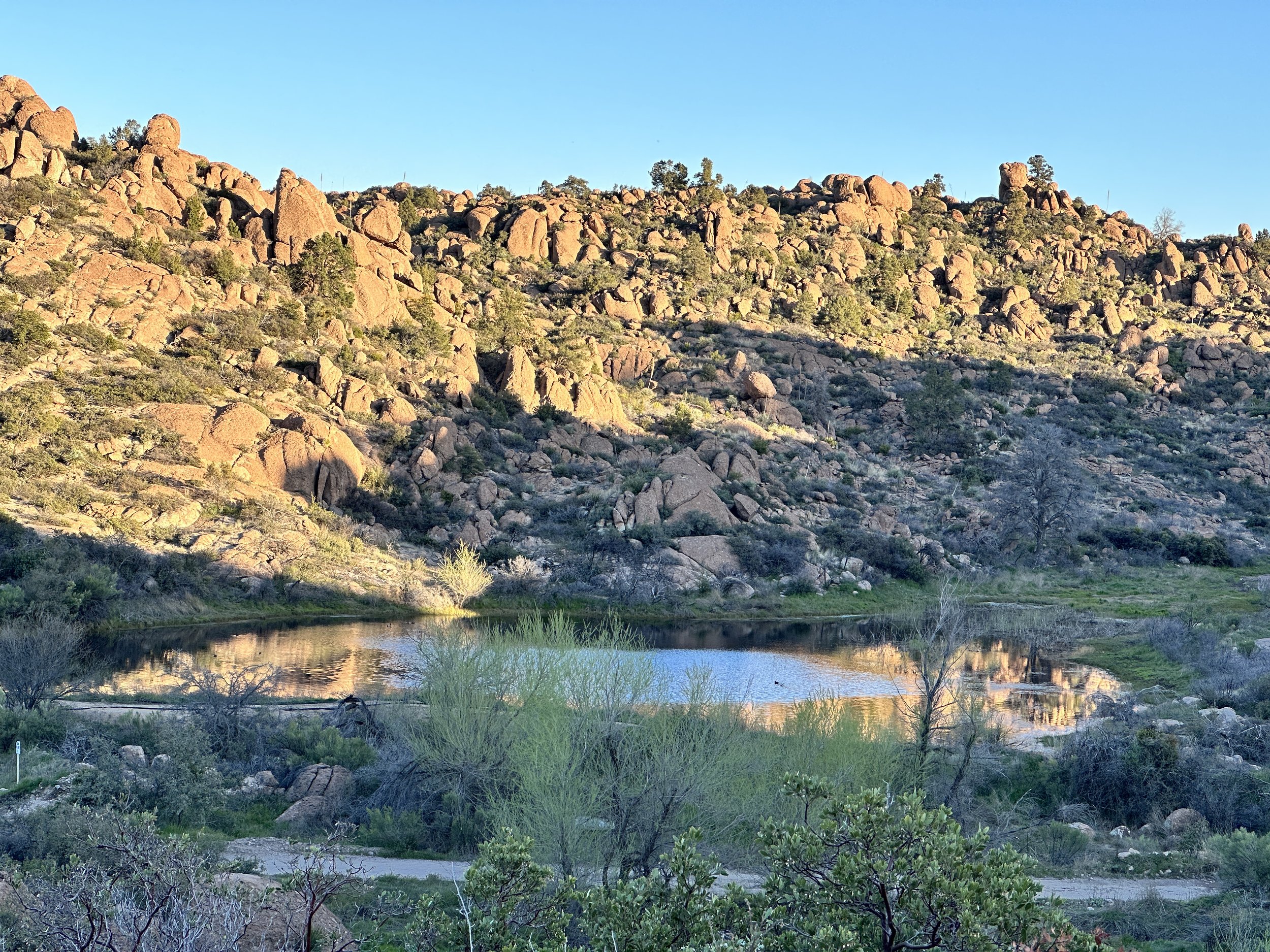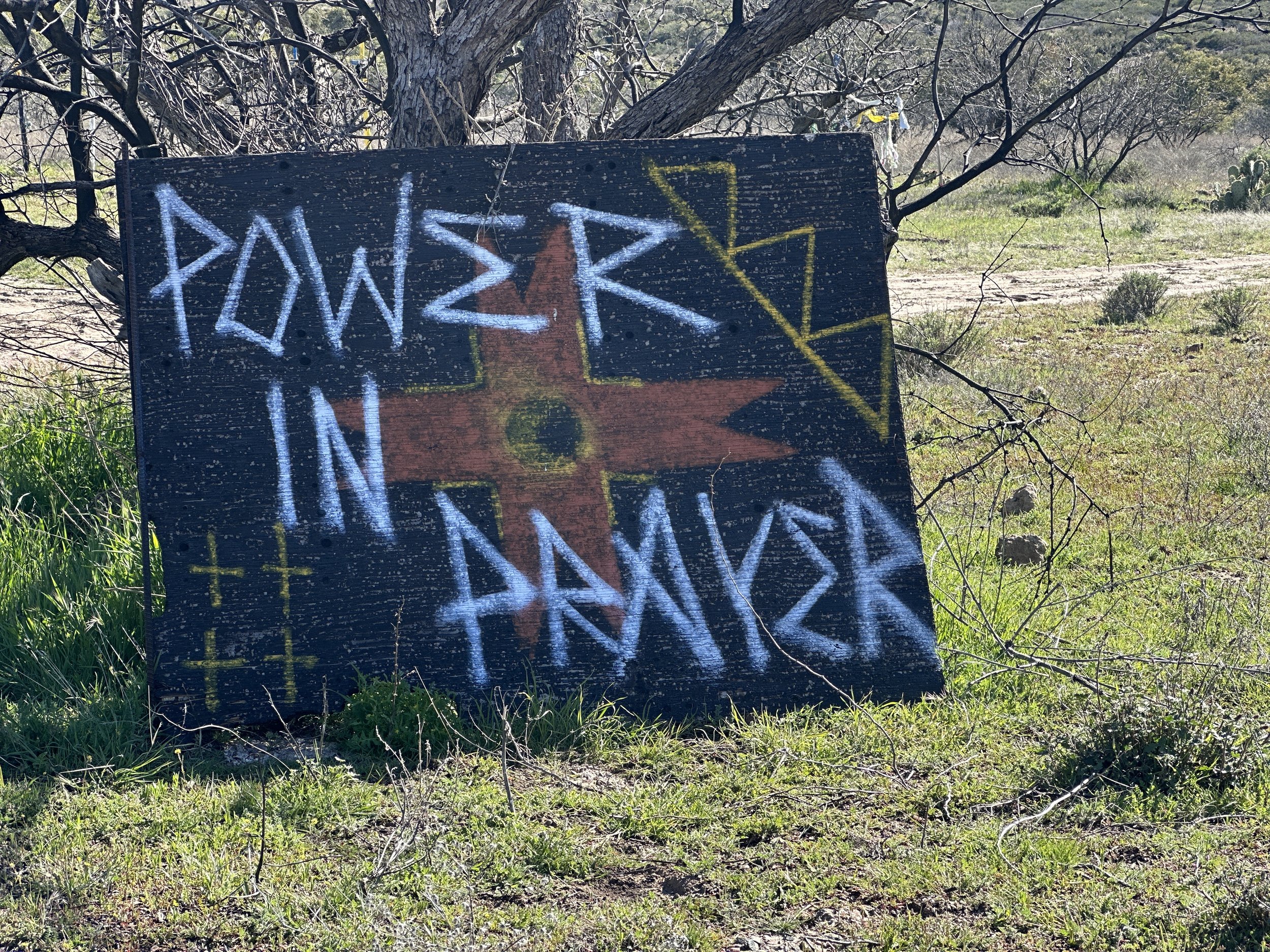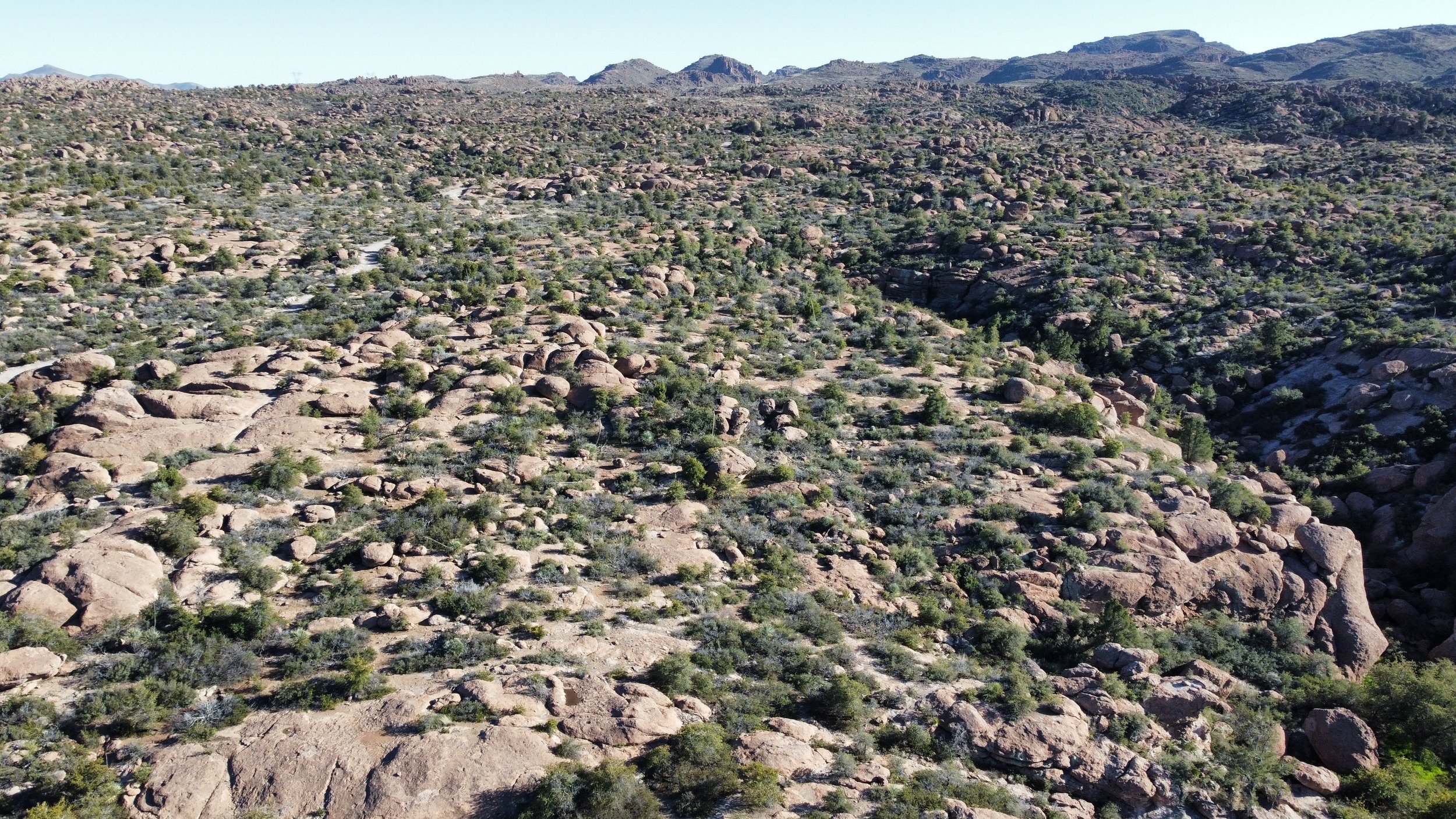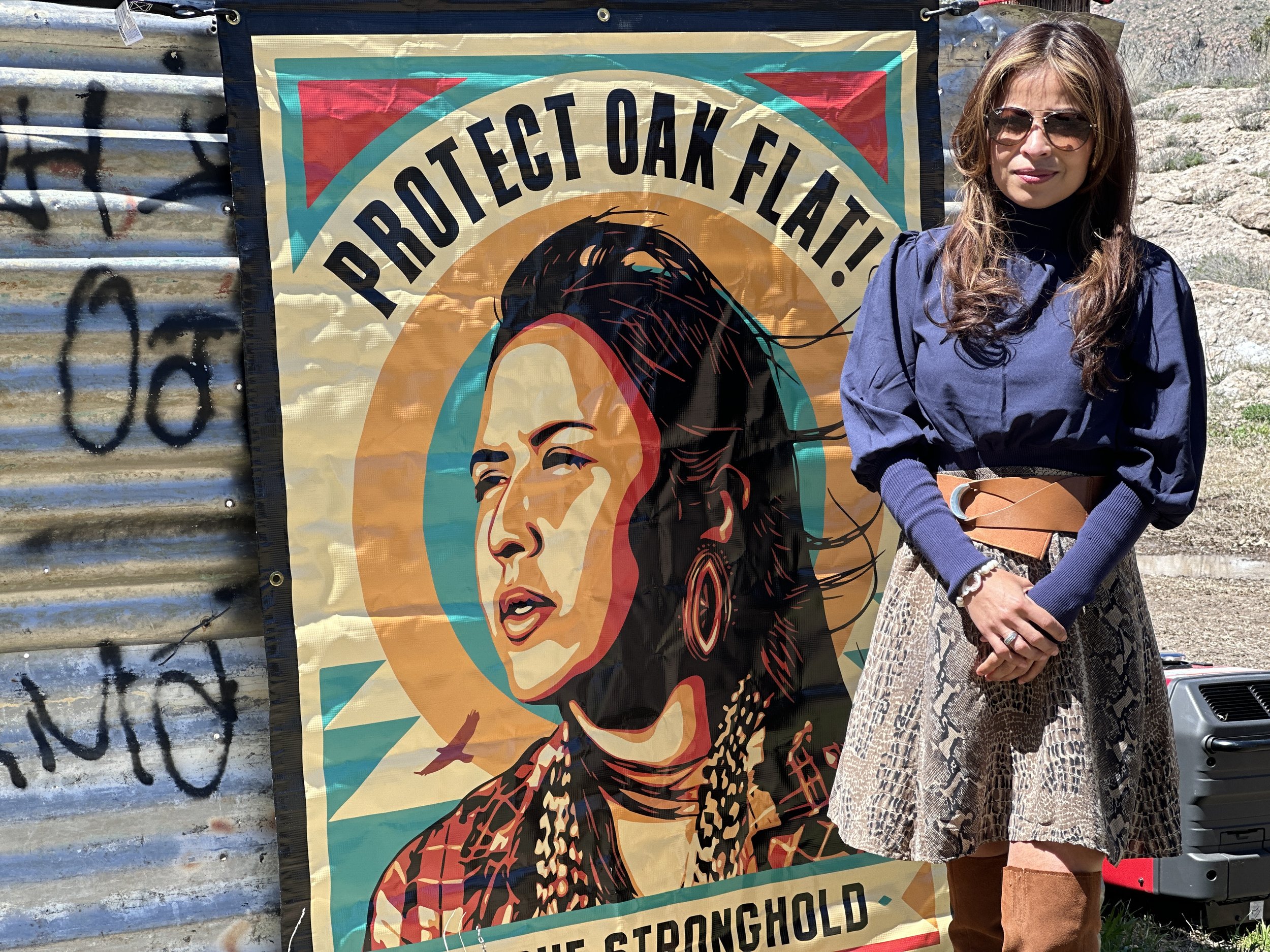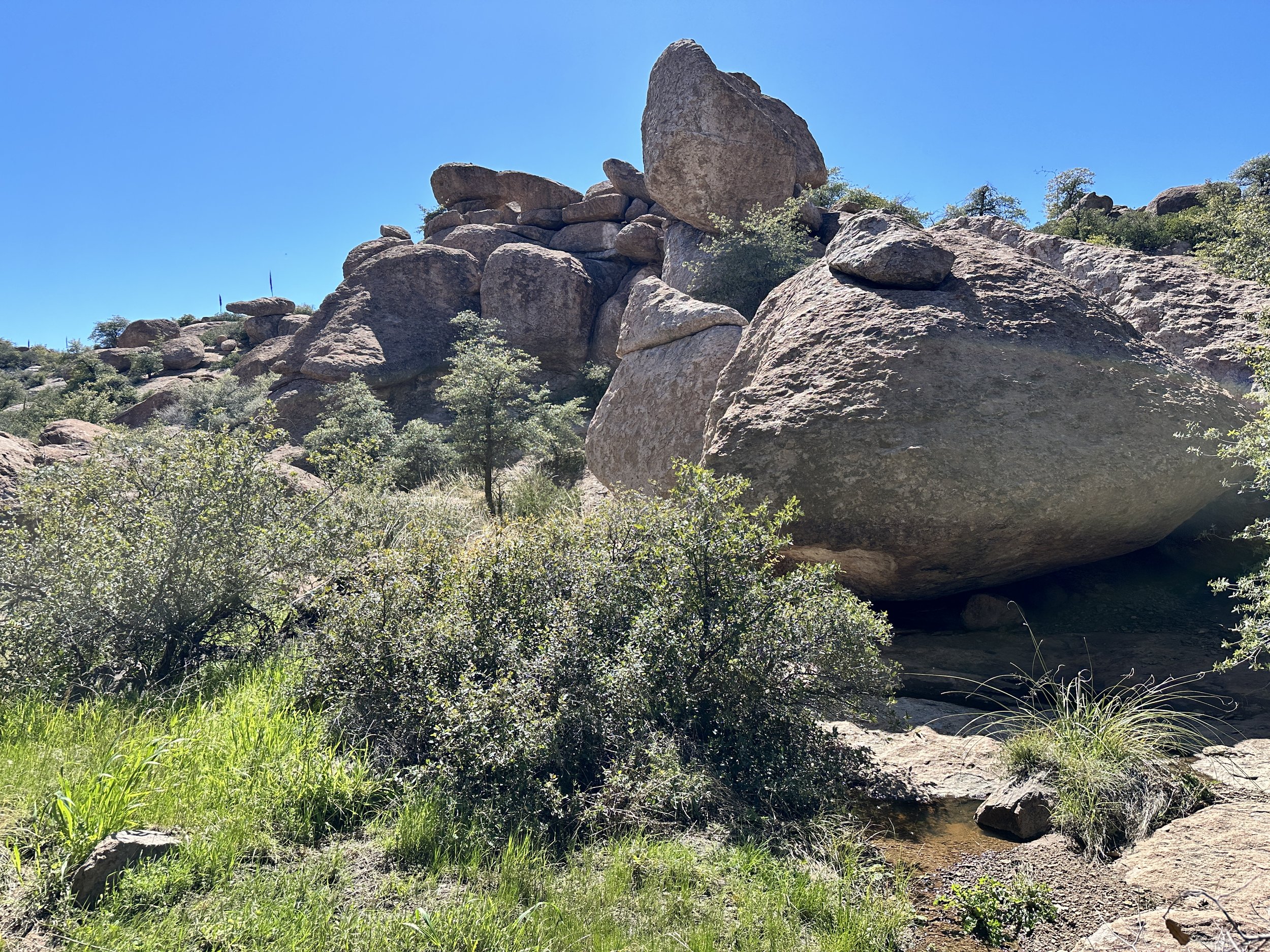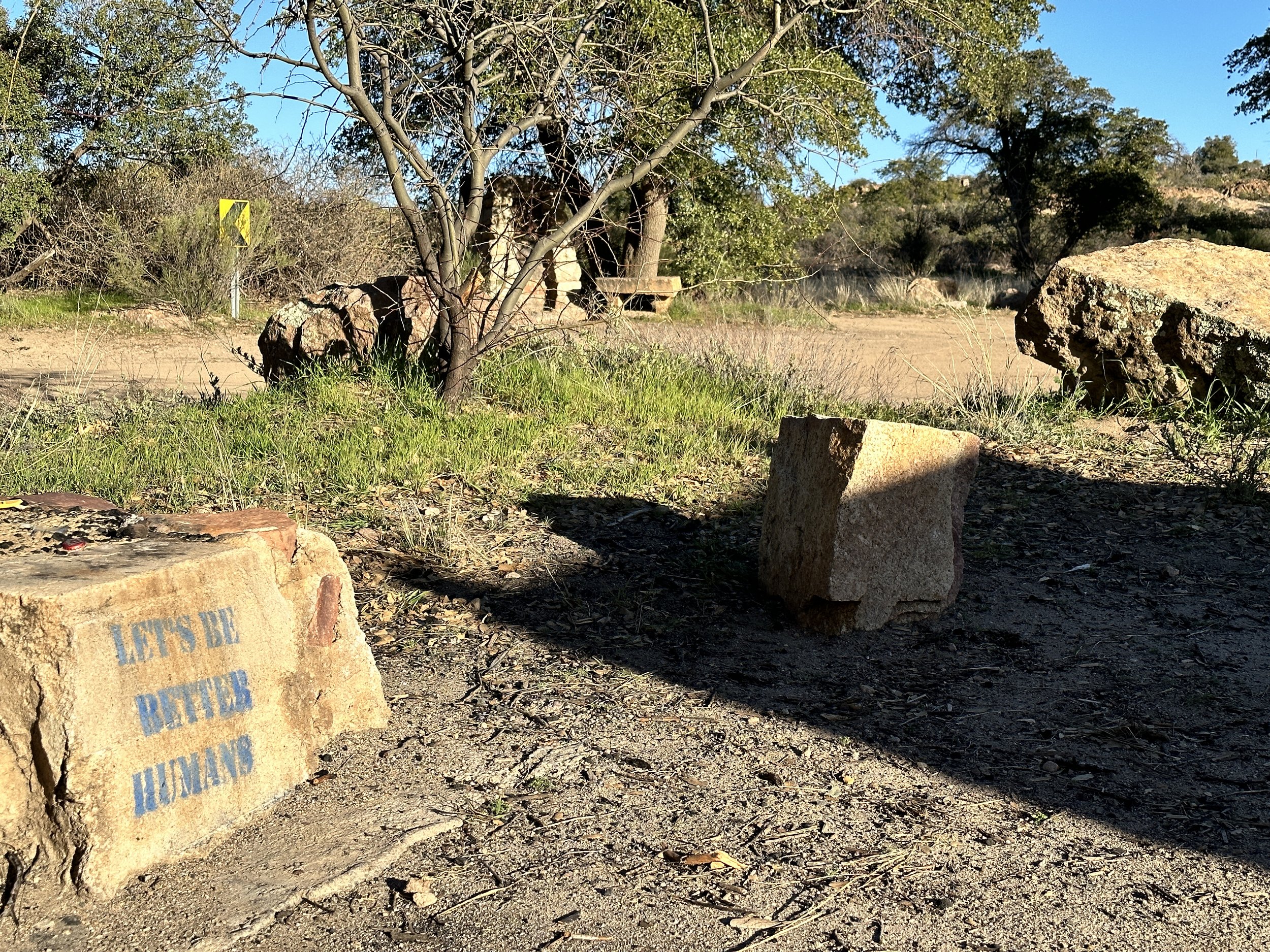Oak Flat Is at Risk of Being Handed over to a Foreign Mining Company
For over two decades, the San Carlos Apache Tribe has been fighting to save Oak Flat or “Chi’chil Bildagoteel” from Resolution Copper, owned by two foreign multi-national mining companies that plan to build the largest underground mine in North America, threatening to destroy this sacred land collapsing it into a 1.8-mile-long, 1,000-foot-deep crater.
"This will be the 10th largest crater in the world if it goes through," says Henry Muñoz, a retired miner with 25 years of mining experience, including the block cave method which Resolution Copper plans to use at Oak Flat.
Despite the current administration's commitment to honor Indigenous rights and ensure meaningful tribal consultation, the U.S. Forest Service announced in March that it plans to publish the Final Environmental Impact Statement (FEIS) this spring.
“There is a memorandum of understanding, MOU, which begins the consultation process. And at this time, there is no agreement between the United States and the San Carlos Apache tribe,” says Wendsler Nosie, Sr., founder of the Apache Stronghold. “In 1852, the federal government signed a treaty with my people promising to protect our land—which includes Oak Flat. The 150 years that followed, however, proved that this was just another empty promise.”
The publication of the FEIS triggers a 60-day period in which the U.S. government will transfer Oak Flat to Resolution Copper, a joint venture owned by Rio Tinto and BHP, to develop this controversial mining project.
"No one knows what the environmental impact statement soon to be published will include or exclude or if it is just the 2021 FEIS being republished. We are concerned that this will be done without tribal consultation or a public comment period," says Camilla Simon, executive director of Hispanics Enjoying Camping, Hunting, and the Outdoors (HECHO). "Several serious environmental issues must be addressed, including surface water hydrology for tailings storage, the climate change impact, and the project's impact on regional water shortages."
Several studies, including a technical report by the Bureau of Land Management, expose several deficiencies with the Final Environmental Impact Statement published days before the end of the last administration.
"We need a rewrite of the FEIS because the current report is flawed from the beginning to the end and is ten years old. It doesn't consider the severe drought conditions that have hit the southwest," says Muñoz. "The top three hydrologists of the country worked on that BLM report and concluded that the FEIS was worse than it appeared to be. It didn't mention the risk of water contamination."
How is a federally-protected land in Arizona about to end up in the hands of a foreign mining company?
In the 1950s, President Dwight D. Eisenhower protected Oak Flat from mining. This area in the Tonto National Forest is listed on the National Register of Historic Places as a Traditional Cultural Property (TCP).
For almost a decade, congressional bills were introduced to attempt to give Oak Flat to mining companies, and all failed to pass both the House and Senate. But in 2014, Sens. John McCain and Jeff Flake added a midnight rider to the National Defense Authorization Act, a must-pass bill, that approved the land transfer of Oak Flat to Resolution Copper.
The San Carlos Apache Tribe and different community and environmental groups have warned about the irreparable damage the proposed mine will cause to a sacred site and the environment, including the precious water resources in a region already suffering from exceptional drought and severe water shortages.
The proposed mine from Resolution Copper will exhaust about 250 billion gallons of water, most of which will be used to process ore and transport its toxic mining tailings, threatening groundwater and surface water quality, including the Gila River.
"It's estimated that Resolution Copper mine would use at least 250 billion gallons of water over 40 years. That's enough water for 140,000 people in the same period. And it is not only the amount of water that this mining operation will consume, but also the risk of water contamination and the aftermath that the mining industry leaves behind,” says Ylenia Aguilar, HCLC member from Arizona and member of the Central Arizona Water Conservation District Board.
“This mine will destroy two aquifers, the Apache Leap and Yellow Tuff. That’s where the water comes through for my community. It also feeds the east valley where massive development is happening,” adds Muñoz.
What’s next?
While the U.S. Forest Service plans to re-publish the Final Environmental Impact Statement (FEIS) this spring, the Apache Stronghold awaits to hear the decision of the federal appeals court in the lawsuit, Apache Stronghold v. United States, which argues that transferring Oak Flat violates several federal laws, including the Religious Freedom Restoration Act.
For Native Americans of the region, Oak Flat is where the Creator made them. Even today, Indigenous People come to Oak Flat to perform cultural events and ceremonies.
"This fight is not over. It's a religious fight for all of us, not just Native Americans. It's a land issue for all of us, not just Native Americans. American people must remember that these foreign mining companies have been given full exemptions from federal law. This creates a precedent," warns Wendsler Nosie Sr.
HECHO urges the Biden administration and Congress to act to save Oak Flat, honoring and respecting the rights of Indigenous communities and protecting the water and future of communities east of Phoenix.

